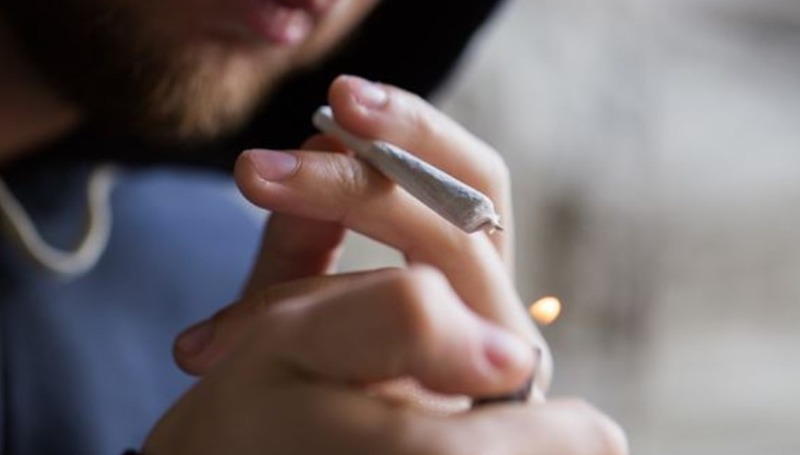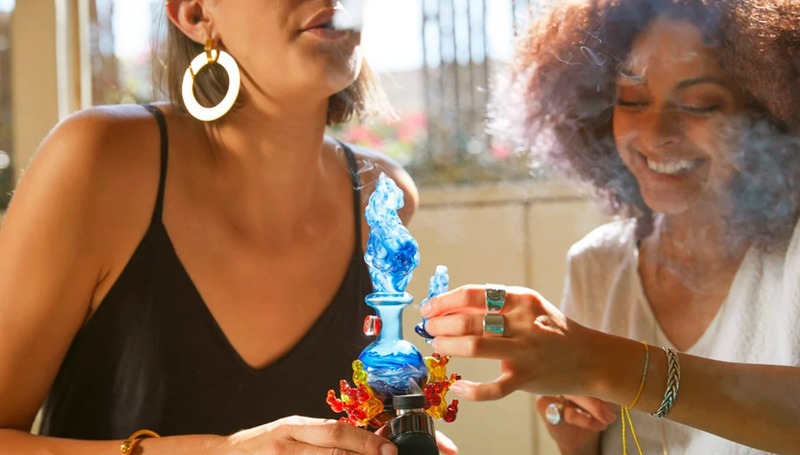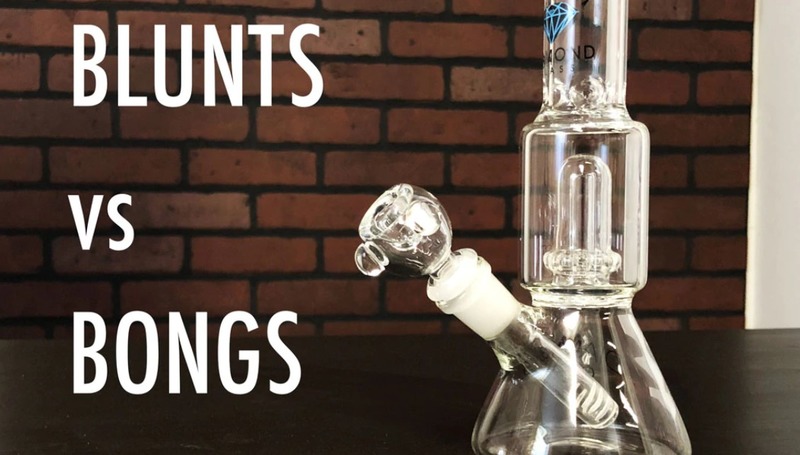Why is There a Difference In Effect When Smoking Bongs and Joints?
Smoking a bong is not difficult, but if you’ve never smoked one before, you probably don’t know how to do it. It’s clear that smoking a bong differs from smoking a joint in several important ways: whereas with a bong, you take (or maybe two) huge hits, joints burn longer and require more draws to finish; it takes many drags to finish a joint. Between those draws, the joint continues burning and smoke is wasted. Although this may not seem like a major problem, the smoke that is lost accounts for several significant hits that you paid for. When comparing bongs vs joints in terms of efficiency, bongs win hands down. Looking to try something new? Check out this.
Waterpipes are also popular among bong-users since you can get extremely baked from such a little quantity of cannabis without having to combine it with tobacco. Not only is this much healthier for you, but the resulting high is also more pure and pleasurable.

Advantages of Joints
For many individuals, smoking marijuana is only truly possible via a joint. The slow-burning cannabis cigarette that is passed around is here to stay, and the stoner culture as a whole would be inconceivable without them. A joint offers several obvious benefits over a bong. You don’t need anything other than a rolling paper, a filter tip, and some weed to create one. It’s easier to roll a joint than ever before, and when you want to spark one up anywhere, it’s the best way to do it. You can’t just carry your bong around with you all day; instead, it must be kept in an inconspicuous location. A joint burns more slowly and is regarded by many as a ceremony that cannot simply be replaced by bongs, vaporizers, or edibles.
Advantages of Bongs
However, there are many stoners who adore their bong for good reasons. Smoking a bong has several benefits over joints. The greatest advantage is that it allows you to get much higher with the same amount of cannabis. Smoke escapes less frequently, so the chemicals in the marijuana reach your blood faster and more effectively, resulting in greater highs. It’s not only about the size of whatever you’re smoking; it has to do with how you smoke it. When smoking a bong, you want to smoke and inhale all of the smoke at once, which implies you breathe much deeper than when smoking joints. The smoke reaches deeper into your lungs, where cannabinoids are absorbed more efficiently than in the upper portion of your lungs. This means that a bong will save you money.

Which Smoking Method Gets You Higher?
Between these two smoking techniques, which one gets you higher? Well, for what matters, the bong wins this one. When it comes to ‘how high is high’, when using a bong, it’s rather high or greater than a joint.
The primary distinction is that when you smoke a bong, you’ll need considerably less cannabis to get the same or greater highs than you would with a joint. This is due to several factors.
To begin, when you smoke a joint, some of the smoke escapes into the air as the cigarette is lit; while with a bong, all of the smoke is absorbed into your lungs. Furthermore, because both techniques are smoked in different manners, there is also a breaking point.
When smoking a joint, you usually take slow, sparse drags while using a bong the smoke shoots straight and deep into your lungs, as you’re aiming to grab it all.
Because the smoke travels much deeper when you’re smoking out of a bong, the high effects tend to be stronger as well. We may fairly claim that bongs save you marijuana and make you more baked than joints.
Are Joints or Bongs Healthier?
Another advantage of bongs is their impact on the health benefits of smoking marijuana. Why is this? Simply stated, when you smoke a bong, all you’re taking in are the fumes produced by your burned cannabis buds.
Furthermore, as the smoke travels into water before reaching your lungs, it is filtered, leaving aside all of the hazardous chemicals present in smoking, such as tar. Some bongs even include a second filter to remove even more harmful compounds from the smoke.
On the other hand, you can’t really get away from these hazardous chemicals when you smoke a joint. In reality, cannabis smoke contains 80% non-cannabinoids, including 115 distinct compounds, among them six known PAHs.
However, if you’re searching for the healthiest way to consume cannabis, consider vaporizers, which are much healthier than both bongs and joints.
Bong vs Joint: Who Wins in Terms of Tradition?
When it comes to tradition, it’s difficult to know if joints or bongs are more traditional. Because neither joints nor bongs were the initial forms of cannabis usage, we’ll have to look for evidence that they were created.
On the one hand, joints are a perfect illustration of what the cannabis culture stands for, but if we think about it, so are bongs. We see stoners in movies and TV programs being portrayed with both smoking methods, although bongs tend to emphasize and exaggerate these preconceptions.
We should certainly consider history in light of tradition. When was the first time a joint was smoked, or when did the original bong originate? Consider older civilizations and you might have your answer.
The First Joints and Bongs
Cannabis has been used historically since way back, in the third millennium B.C. Though we can assume that neither rolling papers nor bongs were yet a possibility, word has it that the first tools for consuming cannabis emerged in 2700 BC and involved pipes and hookahs – which were the closest first forms of bongs.
